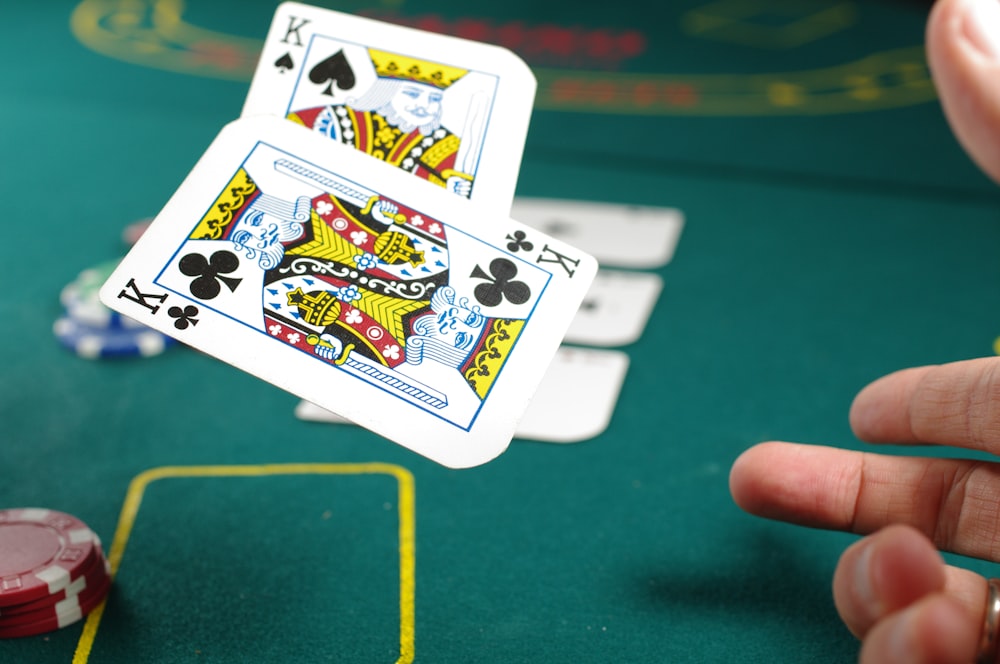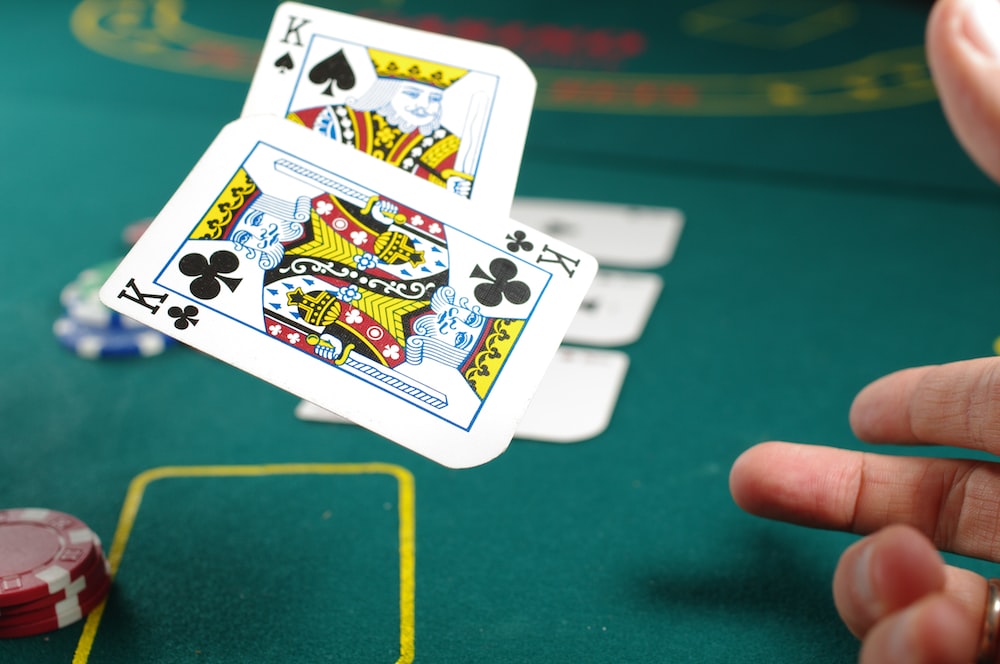
Bluffing is one of the most exciting and thrilling aspects of playing poker, whether it’s online or in a live casino. It can be a great way to win big pots when your opponents don’t have strong hands, but it can also backfire if you get caught out by an opponent who knows how to play poker. Bluffing effectively at online poker requires knowledge and skill, so here are some tips for how to bluff successfully at online poker.
Understand the Basics of Bluffing
Bluffing in poker is a great way to try and win big pots without having the best hand. It involves deceiving your opponents into believing you have a better hand than you actually do. To bluff successfully, it’s important to understand when it’s the right time to bluff and how your opponents are likely to react.
Bluffing effectively at online poker requires more than just knowledge and skill – it also requires a good understanding of the game, including the psychology of your opponents. When bluffing, you need to consider how much you’re willing to risk on each hand, as well as how your opponents are likely to react if they catch on to your strategy.
Learn to Read Your Opponents
Learning to read your opponents in poker is an essential skill for anyone looking to bluff successfully. It involves being able to accurately interpret their betting patterns and recognize the types of hands they are likely holding. To do this, you need to be aware of psychology, specifically how people behave when playing poker.
The first step in learning to read your opponents is understanding the psychological state of play – what emotions players are feeling, what kind of strategies they are employing, and how they might react if they recognize a bluff. This can help you identify patterns in the way people bet and make better decisions when bluffing. For example, if someone is consistently aggressive with their bets or has a tendency to bluff more often than other players, it will give you an idea of what type of hand they might have and whether or not it’s worth risking a bluff against them.
When it comes to reading your opponents’ psychological states during a game of poker, body language can also be a great indicator. Subtle changes in facial expressions or posture can reveal valuable information about the strength of an opponent’s hand. Additionally, if someone begins to talk more or less than usual during a game, it may indicate that something has changed in their strategy or that they’re trying to hide something from the other players.
By keeping track of these little details throughout each game and studying the behavior of other players at the table, you can gain insight into their motivations and tendencies – which can be used to improve your own chances of bluffing successfully. Furthermore, learning to read your opponents tells online requires even more focus, as there aren’t any physical cues present like there would be in live games. Paying close attention to subtle changes in bet sizes or frequency between hands can help you identify potential bluffs or strong hands without having access to traditional body language cues.
Know When to Bluff and When Not To
Bluffing in poker is an advanced skill that can be difficult to master, as it requires knowledge of the game and an understanding of your opponents. Knowing when to bluff and when not to is essential for any successful poker player.
When bluffing in poker, timing is everything. You’ll want to bluff when you know that your opponents won’t call or raise your bet but are unlikely to fold. You also want to consider what kind of hand you’re up against – if you think they have a strong hand, then it’s likely not worth trying to bluff them out of the pot. Similarly, if there are many players still in the hand, then attempting to bluff can be a costly mistake as it’s more likely someone will call or raise your bet.
It’s also important to be aware of how much you can afford to lose if you get caught out by an opponent who knows how to play poker. To prevent this from happening, consider the money at stake and determine if you’re willing and able to risk losing it all on one hand. Additionally, try and recognize any tells from other players that might indicate they have a strong hand – such as sudden changes in betting patterns or quick decisions without thinking about their actions too long – so that you know when it’s not worth attempting a bluff.
In addition to knowing when not to bluff, there are certain situations where bluffing can actually be beneficial for your overall strategy. If someone has raised pre-flop and most people have folded, it may be worth considering as a bluff option since everyone else will assume they have a strong hand. However, this requires an accurate read on their behavior and a deep understanding of the game – which comes with experience and practice over time.
Finally, keep in mind that bluffs should always be used sparingly at online poker tables; while they may work once every now and then, aiming for single big bluffs too often can quickly lead to disaster. A better approach is small incremental bluffs throughout each game which gradually build up your stack.This way, if one fails due to an opponent catching on, they won’t cost you too much while still giving you a chance at winning more pots in the long run.
Conclusion
Bluffing can be a powerful tool in poker, but it should never be used recklessly. Knowing when to bluff and when not to is key for any successful player; you’ll want to consider the strength of your opponent’s hand and how much money or chips are at stake before making any drastic moves.

